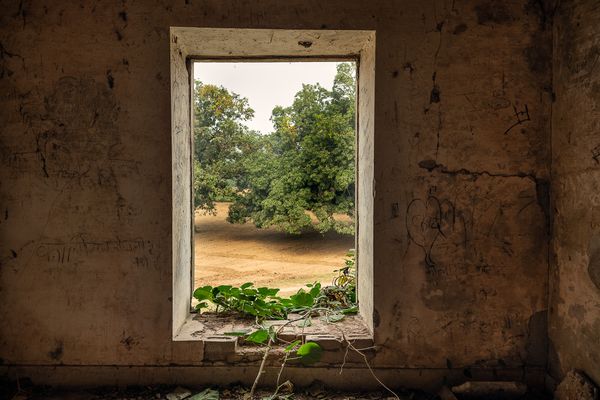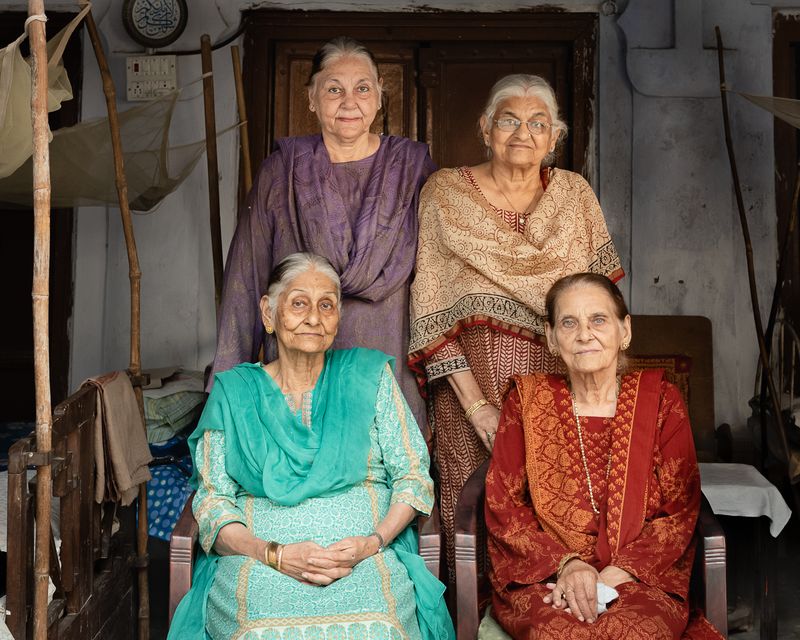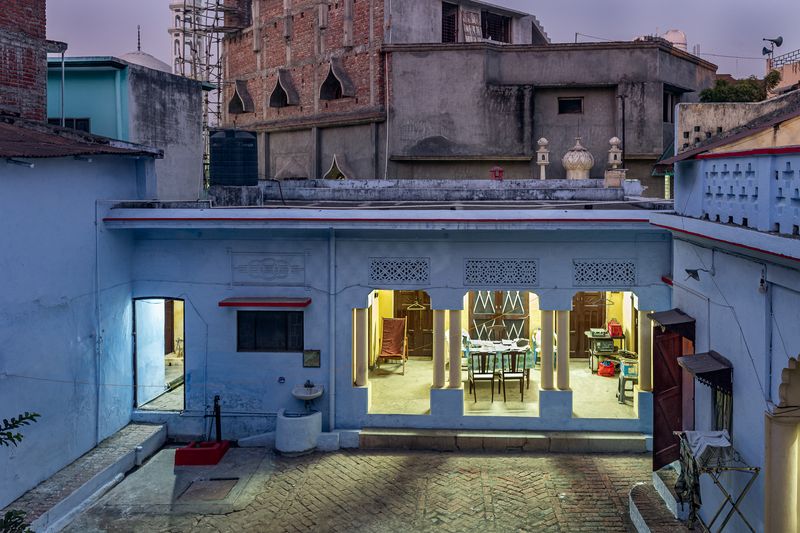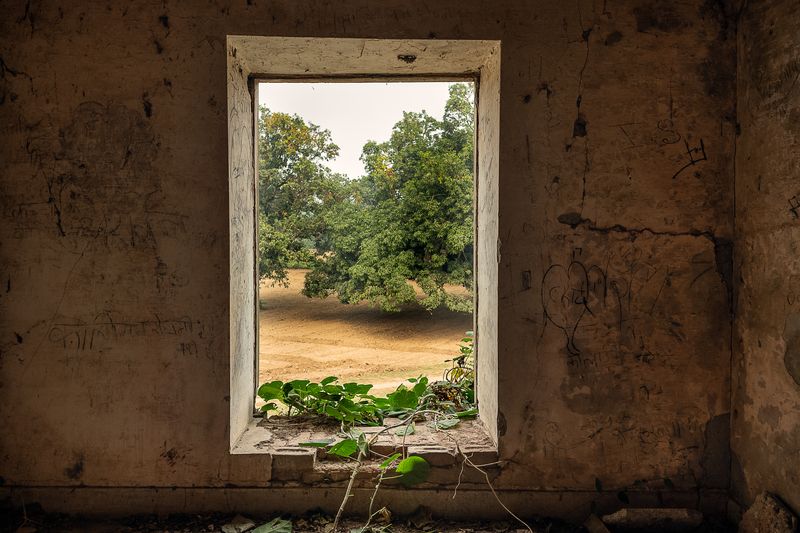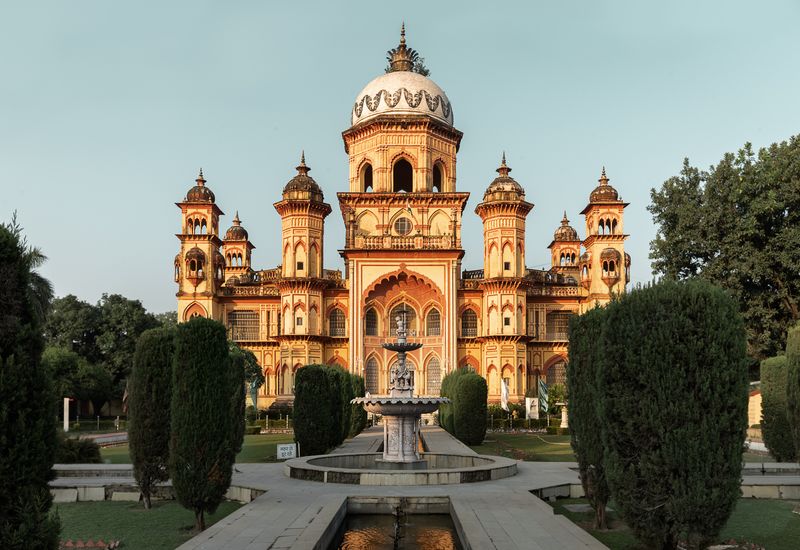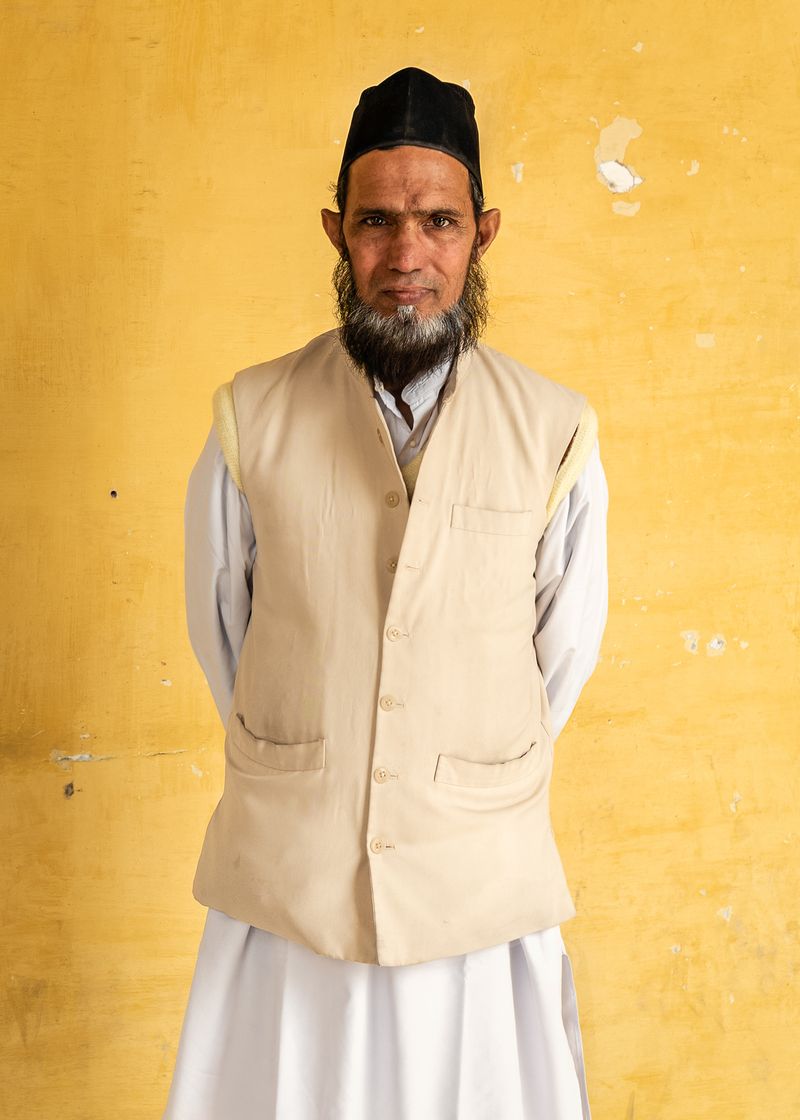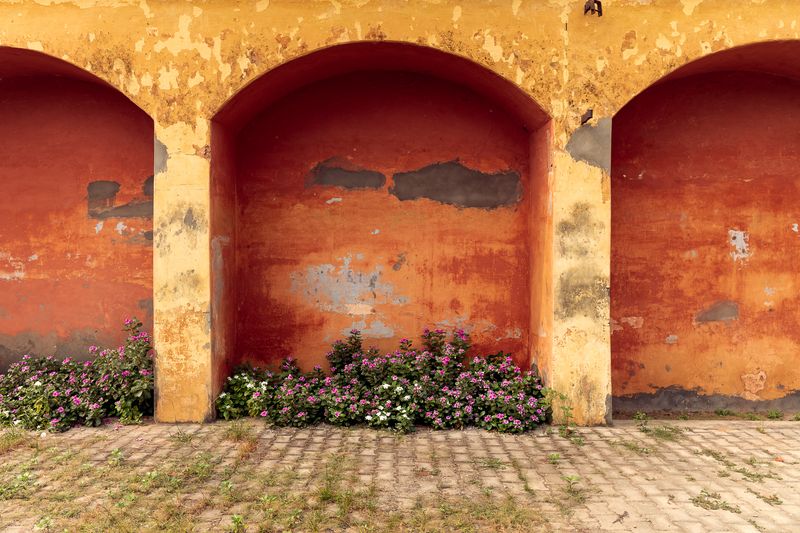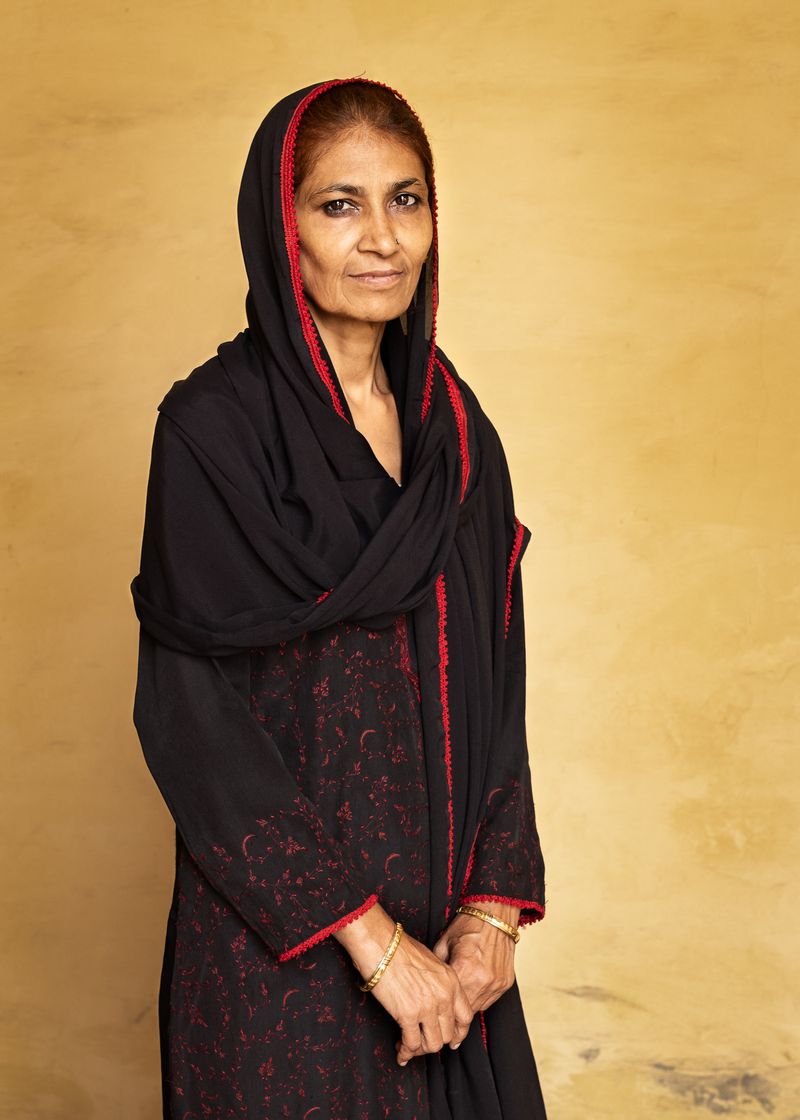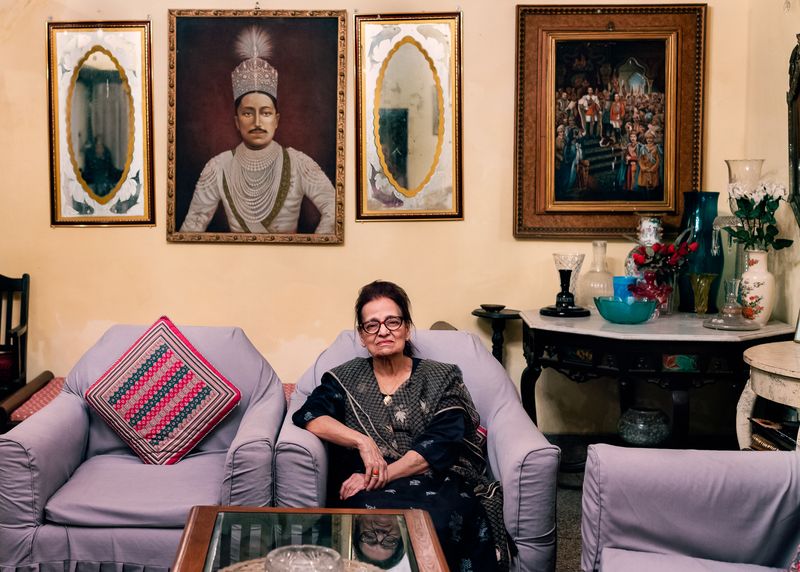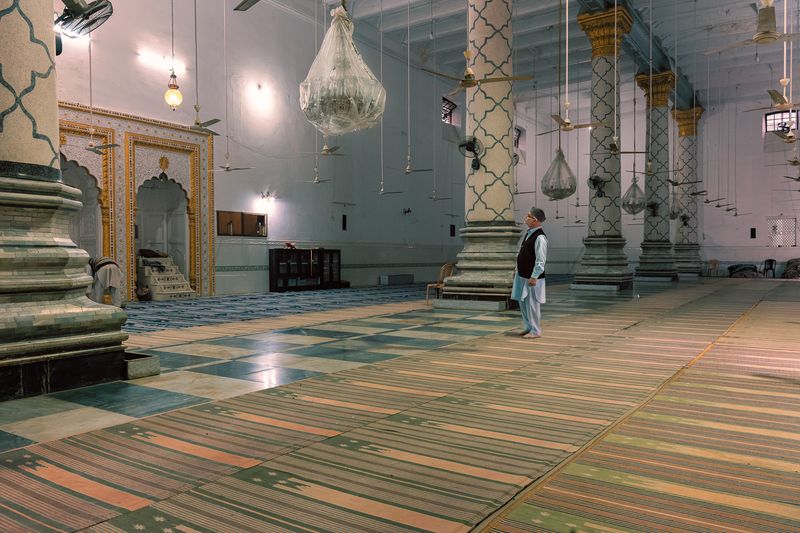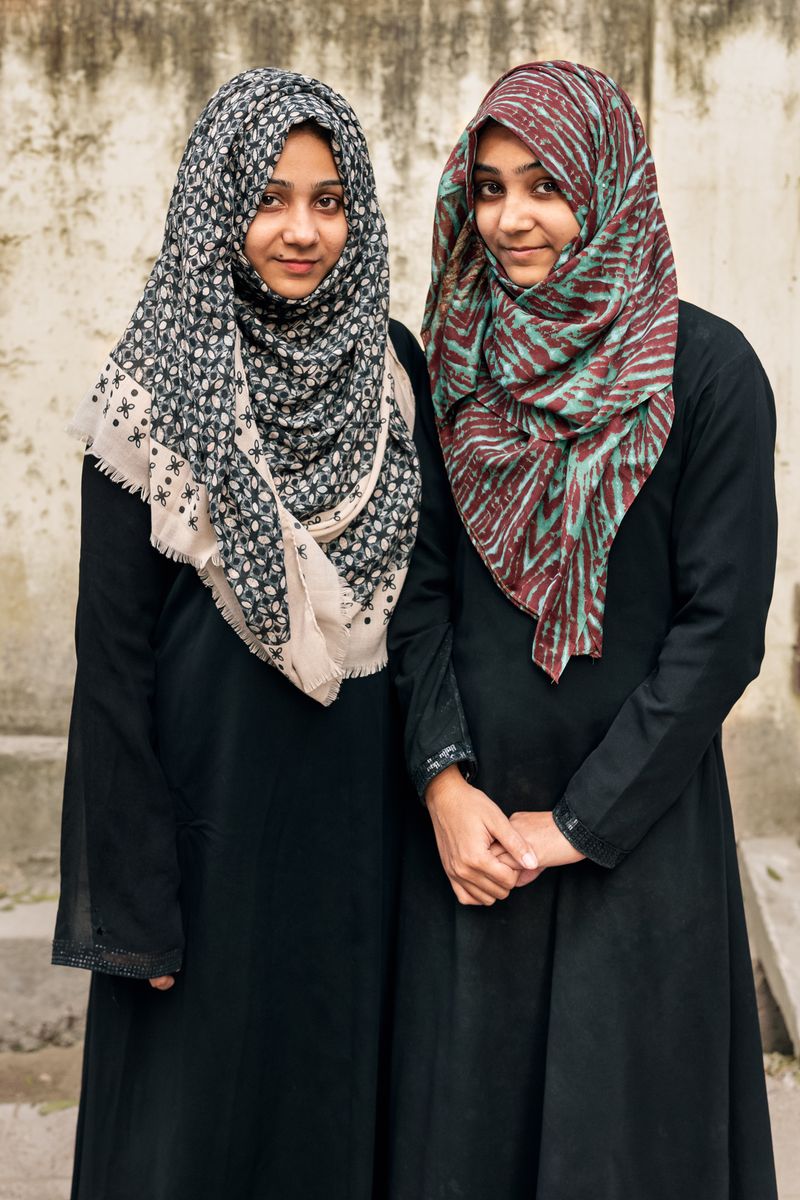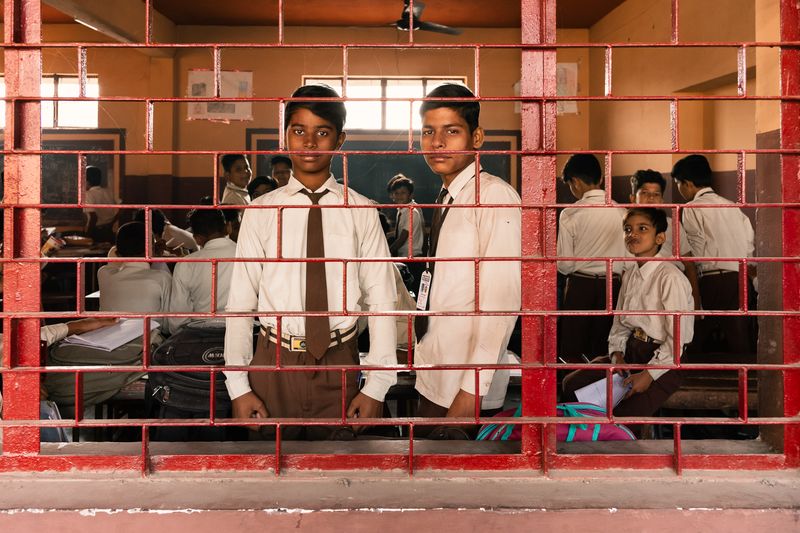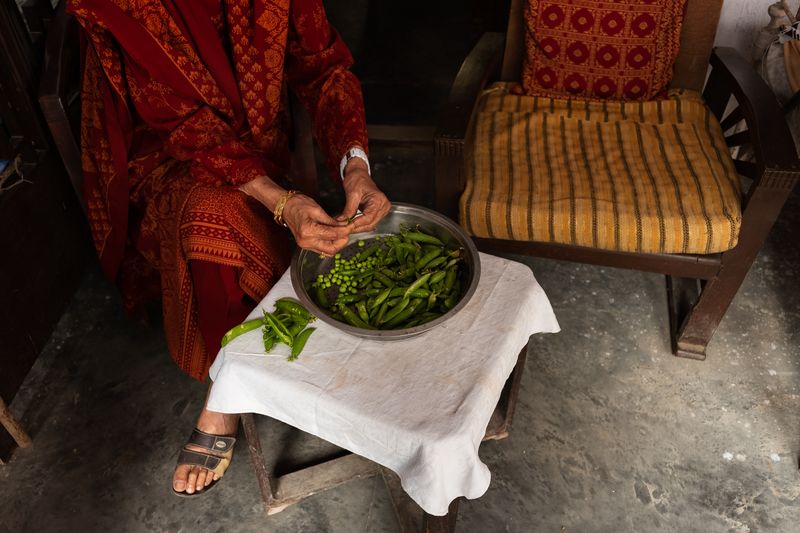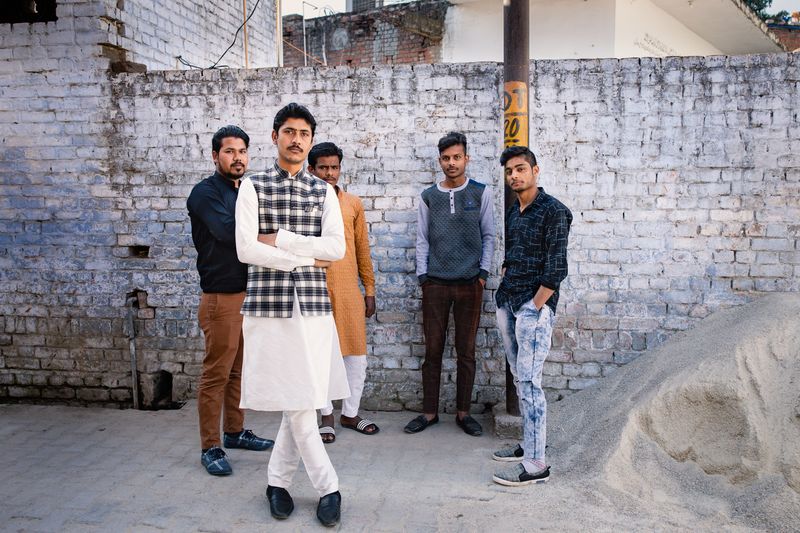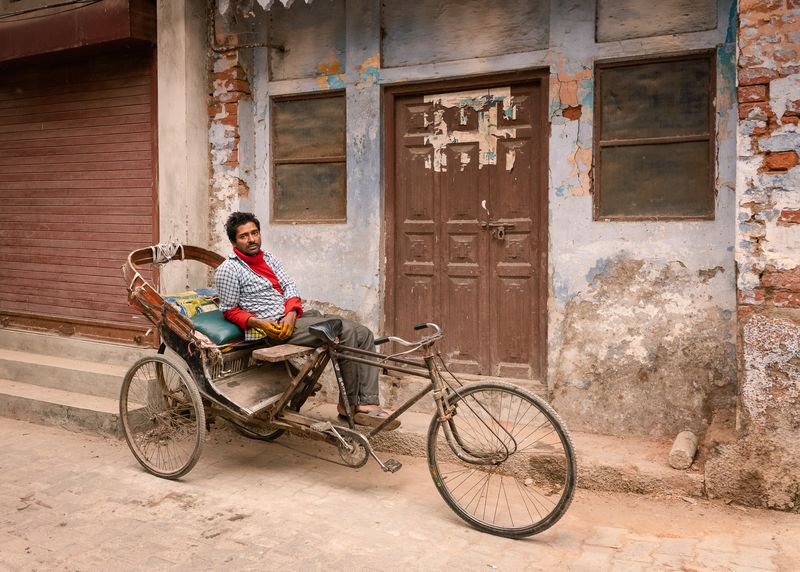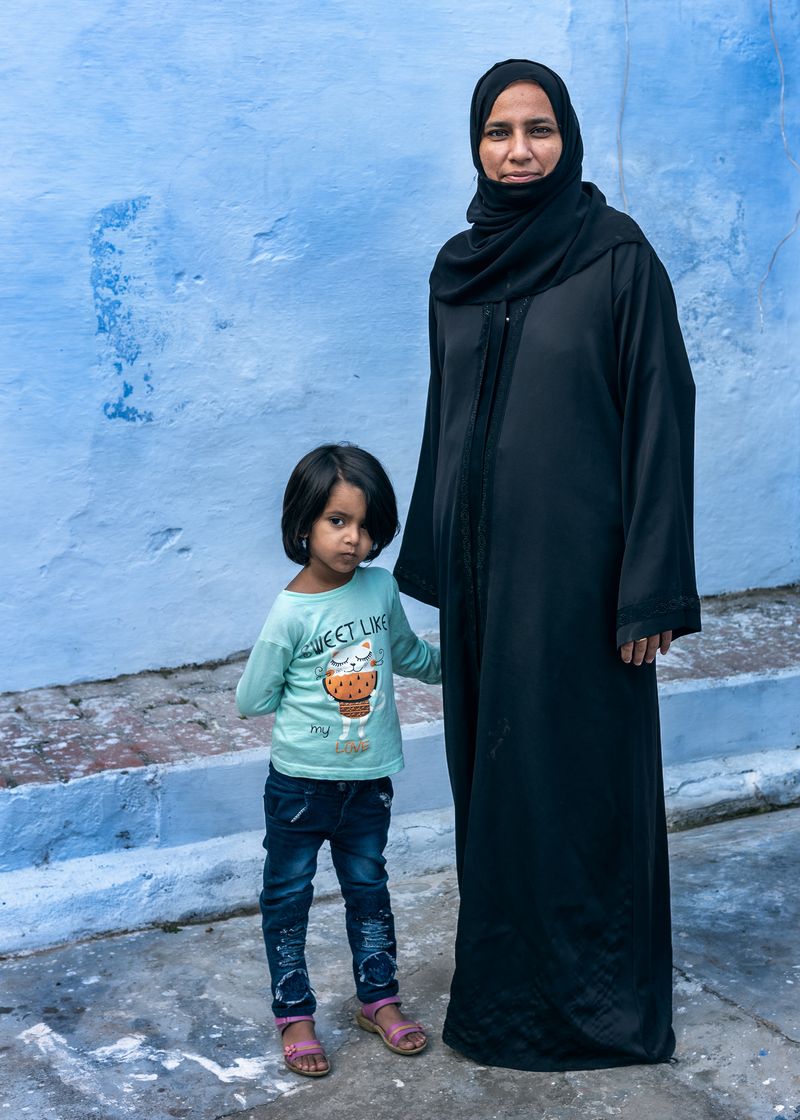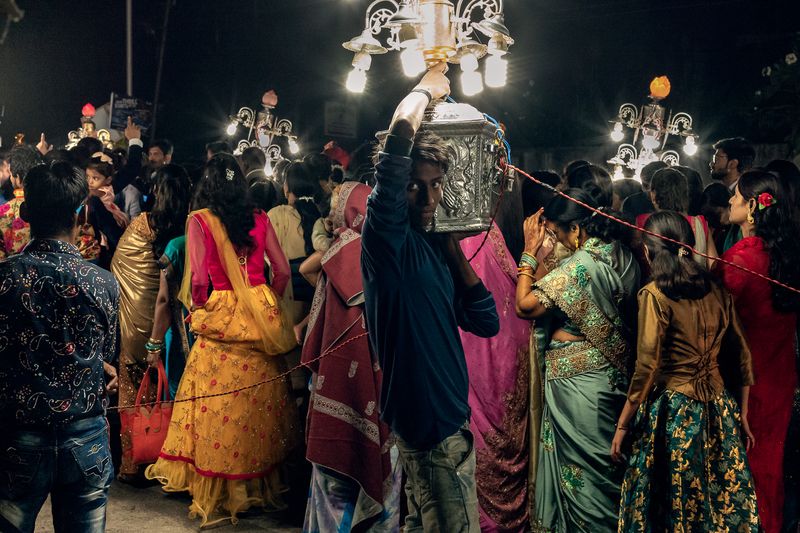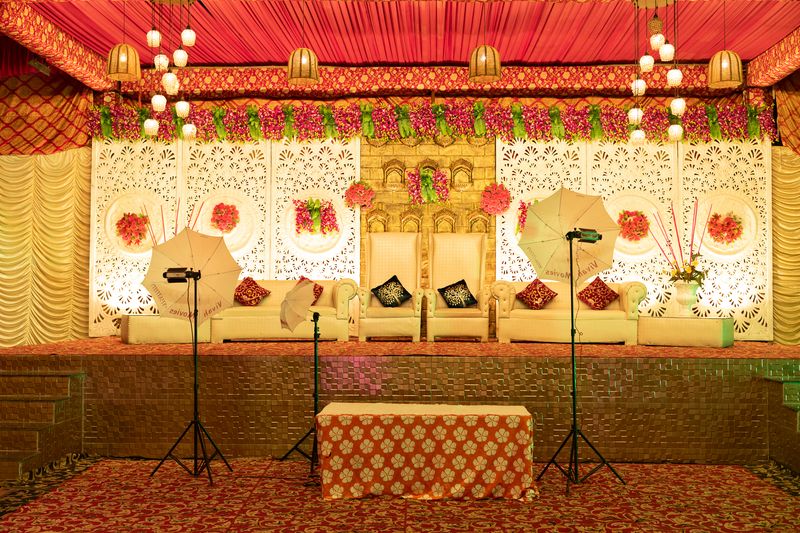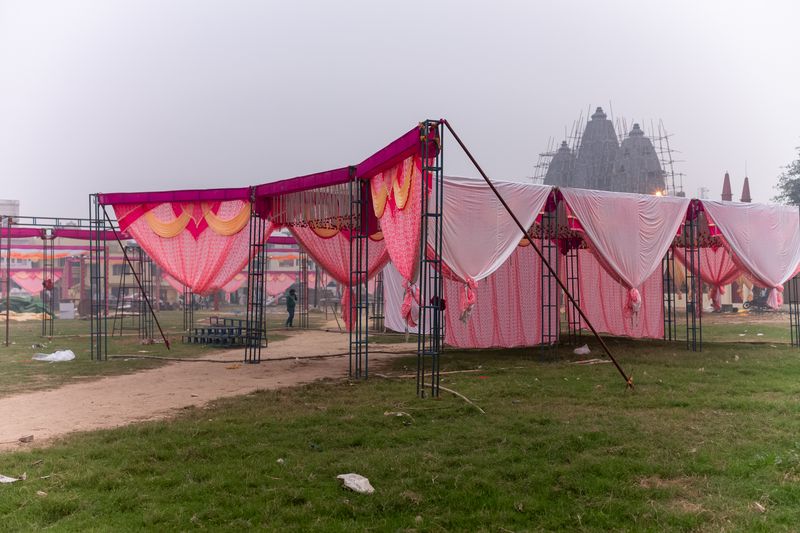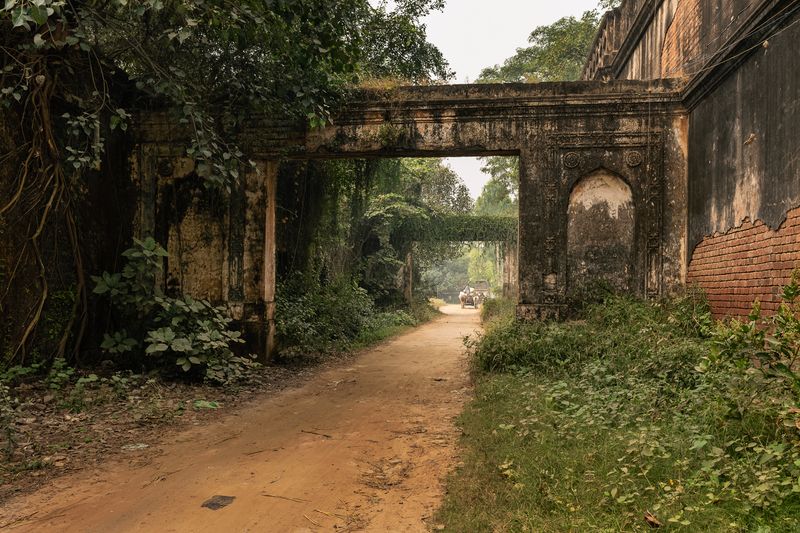A Place I Never Knew
-
Dates2019 - Ongoing
-
Author
For this project, I traveled to one of the last Muslim-ruled princely states in India, also my family’s ancestral home.
The city has the highest Muslim concentration in Uttar Pradesh, India’s most populous and poorest state. Rampur has seen better times, but it has also seen worse. Its former rulers, called Nawabs, constructed palaces, mosques, and a fort. The Nawabs valued culture; they also ruled with clenched fists, ready to punish those who dared defy them — and those who did not.
In 2019, I returned to India to discover a city, culture, and country that I never knew. My family’s ties to the city intrigued me. I visited my uncle, who still lives in the family’s ancestral home. I was particularly interested in the time period when my grandfather left India, in the late 1930s.
For research, I visited the British Library in London where I came across regal portraits, and detailed architectural photographs. When I photographed residents during my visits, I never told them how to pose — or not to smile — but I was fascinated at how they presented themselves: their formality reminded me of Indian-style portraiture popular during the pre-world war era.
I see this series as an exploration of familial identity, and the idea of home as both emotional connection, and physical place. What do you find when you search for your family's roots? I wanted to learn about Pathans, my family’s ethnic lineage, and wondered if it were possible to inherit a culture, unaware?
My photographs explore the city’s architecture and people. Rampur today can feel a bit like a city that time forgot. But far from a relic of another time, the city today bustles with activity. Markets are packed, and mosques fill the streets with the Call to Prayer five times a day.
This is an interesting time to document Rampur, as it navigates its place under the shadow of Hindu nationalism.


